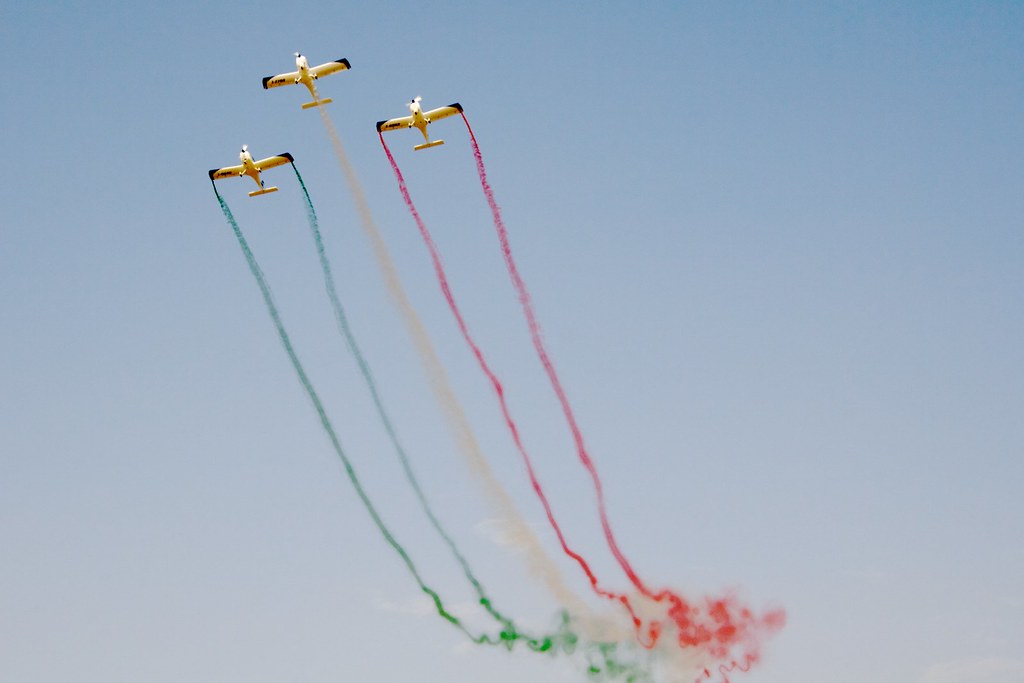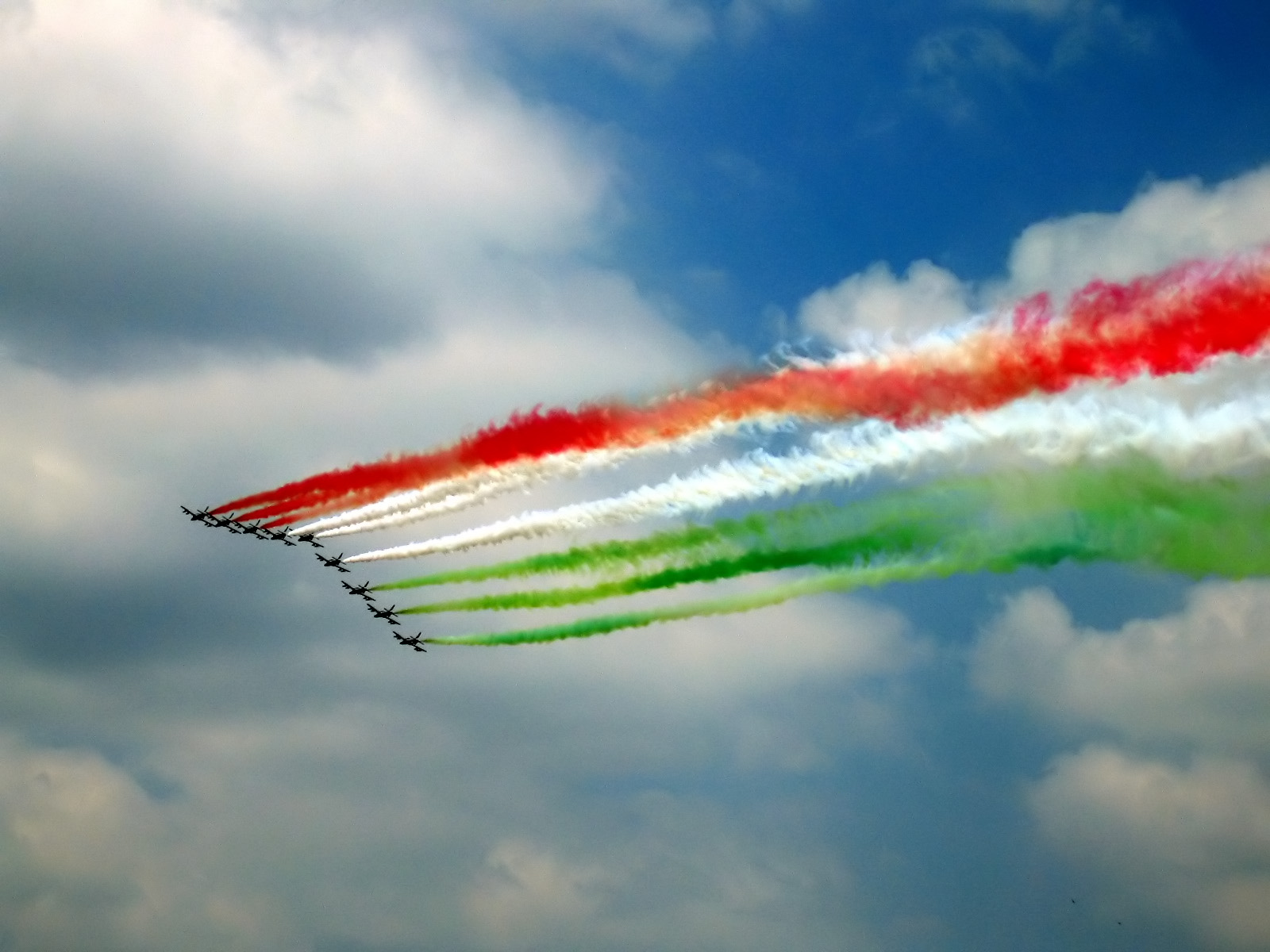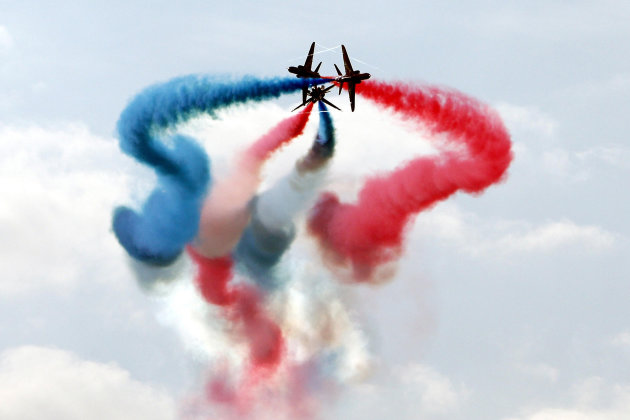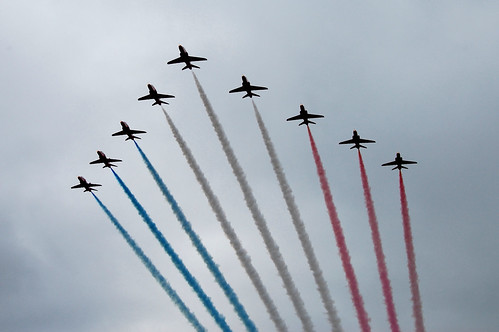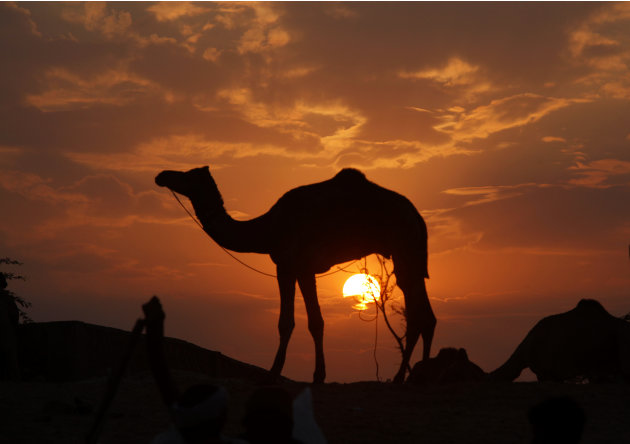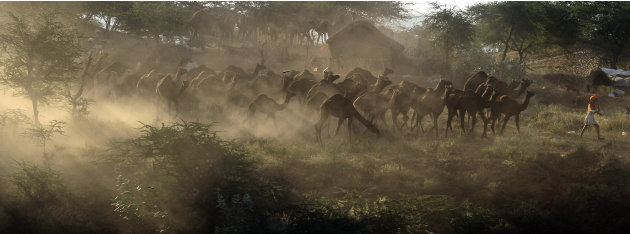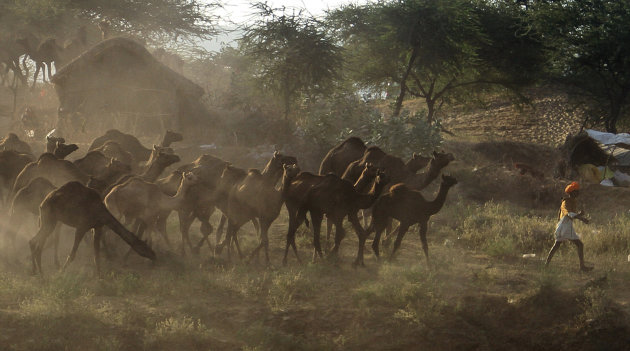Do you know??
People who ride on roller coasters have a higher chance of having a blood clot in the brain.
 People with blue eyes see better in dark.
People with blue eyes see better in dark.



















People who ride on roller coasters have a higher chance of having a blood clot in the brain.


Money isn’t made out of paper, it is made out of cotton.

A tiny amount of liquor on a scorpion will make it go mad instantly and sting itself to death.

Chewing gum while peeling onions will keep you from crying

A huge underground river runs underneath the Nile, with six times more water than the river above.

The USA uses 29% of the world's petrol and 33% of the world's electricity

Wearing headphones for just an hour will increase the bacteria in your ear By 700 times

The animal responsible for the most human deaths world-wide is the mosquito.

Right handed people live, on average, nine years longer than left-handed people.

We exercise at least 30 muscles when we smile

Our nose is our personal air-conditioning system: it warms cold air, cools hot air and filters impurities

Our brain is more complex than the most powerful computer and has over 100 billion nerve cells.

When a person dies, hearing is usually the first sense to go

There is a great mushroom in Oregon that is 2,400 years old. It Covers 3.4 square miles of land and is still growing.

Men's shirts have the buttons on the right, but women's shirts have the buttons on the left.

The reason honey is so easy to digest is that it's already been digested by a bee.

It cost 7 million dollars to build the Titanic and 200 million to make a film about it.

The sound you hear when you crack your knuckles is actually the sound of nitrogen gas bubbles bursting.

The only part of the body that has no blood supply is the cornea in the eye. It takes in oxygen directly from the air.



